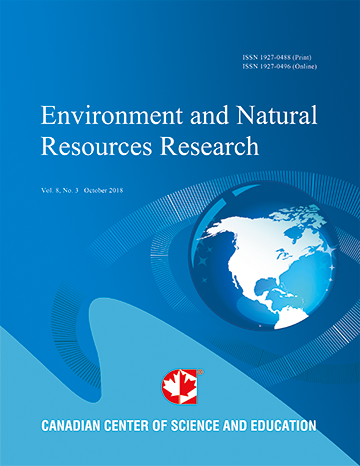Powerful Concentration of Rhodium in Plating Wastewater Using Homogeneous Liquid–Liquid Extraction (HoLLE) and Study for Scale-up
- Takeshi Kato
- Shotaro Saito
- Shigekatsu Oshite
- Shukuro Igarashi
Abstract
A powerful technique for the concentration of rhodium (Rh) in plating wastewater was developed. The technique entails complexing Rh with 1-(2-pyridylazo)-2-naphthol (PAN) followed by homogeneous liquid–liquid extraction (HoLLE) with Zonyl FSA. The optimum HoLLE conditions were determined as follows: [ethanol]T = 30.0 vol.%, pH = 4.00, and Rh:PAN = 1:5. Under these optimum conditions, 88.1% of Rh was extracted into the sedimented liquid phase. After phase separation, the volume ratio [aqueous phase (Va) /sedimented liquid phase (Vs)] of Va and Vs was 1000 (50 mL → 0.050 mL). We then applied the new method to wastewater generated by the plating industry. The phase separation was satisfactorily achieved when the volume was scaled up to 1000 mL of the actual wastewater; 84.7% of Rh was extracted into the sedimented liquid phase. After phase separation, Va/Vs was 588 (1000 mL - 1.70 mL).
- Full Text:
 PDF
PDF
- DOI:10.5539/enrr.v7n4p44
Journal Metrics
Google-based Impact Factor (2016): 6.22
h-index (November 2017): 12
i10-index (November 2017): 19
h5-index (November 2017): 11
h5-median (November 2017): 12
Index
Contact
- Emily LinEditorial Assistant
- enrr@ccsenet.org
